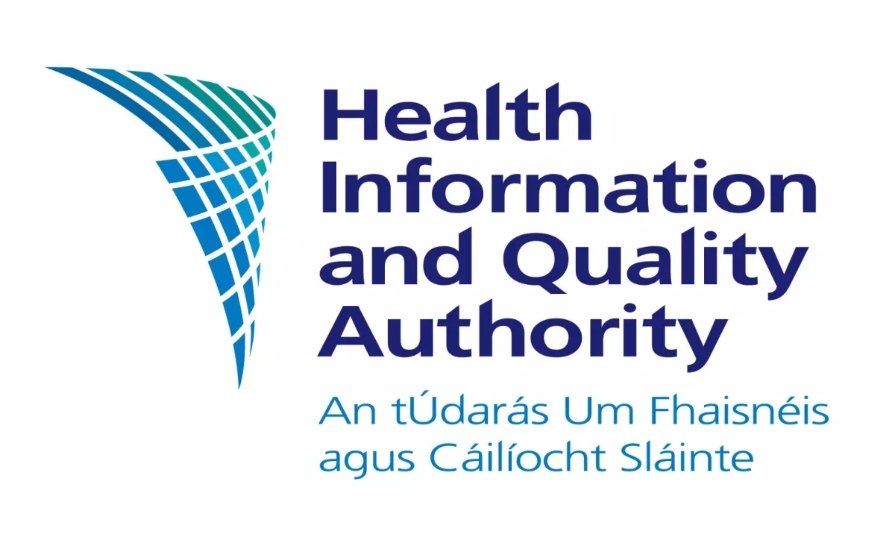The IHCA has urged the Government to take the necessary actions to follow through on commitments to significantly increase public hospital capacity in order to address waiting lists.
The Association pointed out the latest figures from the National Treatment Purchase Fund (NTPF) show a significant increase of almost 328,000 in the number of people waiting for care compared with May 2017 at the launch of Sláintecare.
This brings the total waiting list figure to a record 911,500 – the highest it has ever been, surpassing the previous record of 910,000 set in August 2022, according to the Association.
The IHCA noted figures come as the Government marks the midpoint of its Waiting List Action Plan 2024.
The €437 million plan set out to reduce waiting lists for outpatient, inpatient and day case appointments and procedures by 6 per cent or around 39,300 by the end of the year, compared with the number waiting at the start of 2024.
“However, six months into 2024 and instead of an expected reduction of around 19,600, the latest NTPF figures confirm that almost 40,400 additional people have in fact been added to these three main waiting lists – a 60,000 shortfall,” according to the Association.
The IHCA said that outpatient appointments have seen the largest increases – a further 35,900 (+6 per cent) people added in the first six months of 2024, instead of the pro rata target reduction of more than 25,000 expected at the halfway point of the Action Plan.
“This is because demand continues to outstrip limited supply, which is impacting on the health service’s ability to deliver care.”
Inpatient and day case waiting lists are also up by more than 3,000 (+3 per cent) since the start of January to 88,815 – the highest ever recorded figure for those awaiting hospital treatment.
The waiting list increases come as separate figures confirm the NTPF was in fact ahead of its activity targets up to the end of April.
The IHCA stated this was due to increased public hospitals insourcing and private hospitals outsourcing, including arranging 30% more outpatient appointments than anticipated.
The NTPF was 15 per cent ahead of target in the number of gastrointestinal (GI) scopes arranged, funded an additional 3 per cent of inpatient or day case procedures, and removed an additional 9 per cent of patients from hospital waiting lists without any treatment through its administrative ‘validation’ programme.
“Despite this increased activity, waiting lists continue to soar,” according to the Association/
Consultants expressed their disappointment that despite recent pledges to deliver an additional 3,000 acute hospital beds by 2031, the HSE Capital Plan 2024 published this week has committed to open just 127 new beds this year.
The Association pointed out this is around one-third (38 per cent) the number additional beds, 330 each year, that the Economic and Social Research Institute has recommended are needed just to keep up with demand from population pressures.
IHCA Vice-President Prof Anne Doherty said: “The Waiting List Action Plan 2024 has reached its halfway point but is nowhere near achieving the reduction targets set for the end of the year. The truth is commitment on reducing waiting lists needs to be measured by actions, not promises. The Government needs to urgently increase public hospital capacity to treat the increasing number of patients on waiting lists.
“The NTPF figures confirm our fears that without addressing the very obvious shortages of hospital beds, Consultants, theatres, diagnostic and other facilities the Government will not address the core problems facing our public hospitals.
“It is important to remember that behind every statistic is a person and a family seeking healthcare, often while experiencing pain, suffering and the psychological distress at not knowing when they will be able to receive treatment.
“This is why the IHCA is urging the Government to commit the estimated €6 billion in capital funding to build and open all of the essential additional hospital beds, surgical hubs and elective hospitals already announced by the Minister for Health in order to cut waiting lists.
“Until the various pledges on hospital capacity become reality, patients will continue to suffer from delayed care on trolleys in our overcrowded emergency departments and increasing waiting times for outpatient appointments and hospital treatment that will impact on their outcomes.”












Leave a Reply
You must be logged in to post a comment.